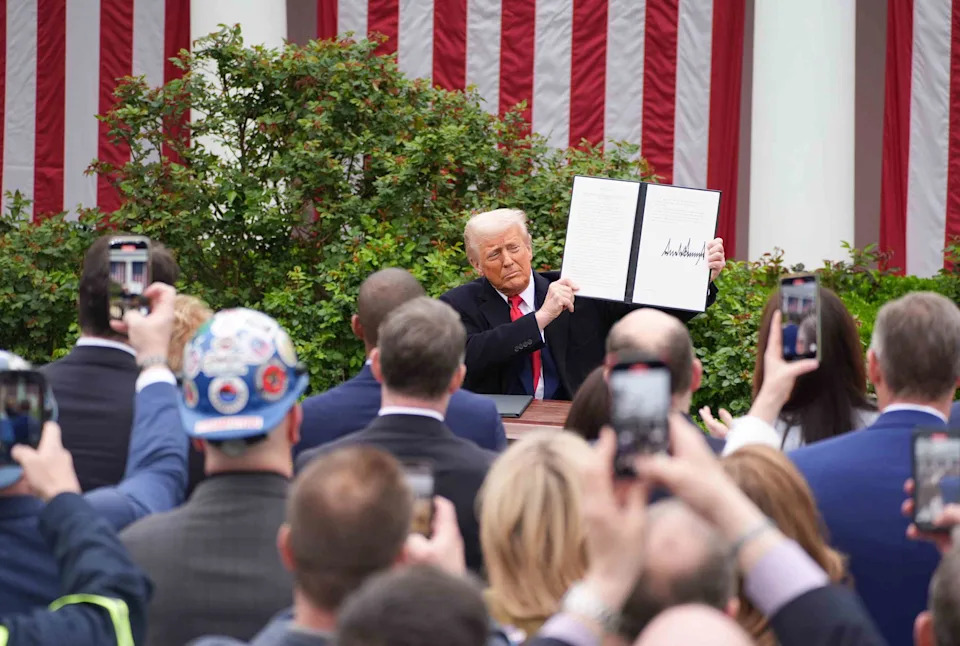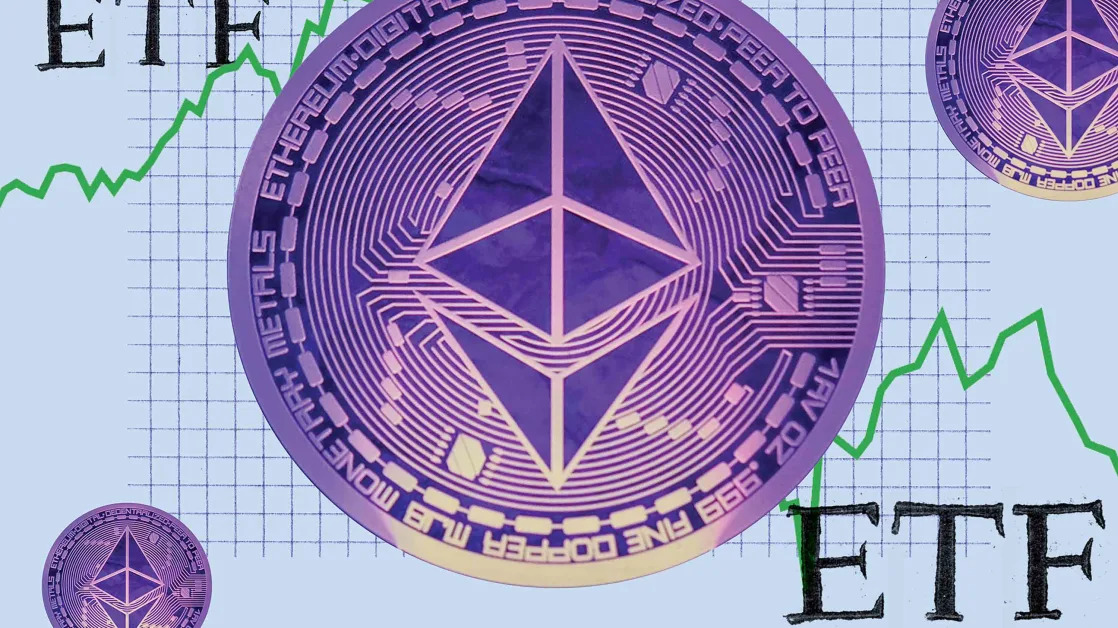
Key Takeaways
The Federal Reserve got some clarity its been seeking on the tariff policy—but it may be bad news for central bankers.
On Wednesday, President Donald Trump unveiled a plan for wide-ranging tariffs on trading partners worldwide. The tariffs range from a base of 10% to as high as 50%, and the full spectrum will go into effect on April 9.
Economists say that these tariffs could tip the economy toward a recession that could threaten the labor market. When the economy suffers, the Fed tends to cut its influential federal funds rate to stimulate growth: cheaper borrowing costs fuel more spending, which requires businesses to hire more employees.
However, the Fed’s instinct to cut rates and support growth could run up against its other priority: keeping inflation low.
“These tariffs put the Federal Reserve in an even worse position,” Oxford Economics’ Sweet wrote.
Could More Rate Cuts Be On the Way?
The Federal Reserve has held its benchmark interest rate at 4.25%-4.50% since January and expects to cut rates twice at some point this year. However, if the tariffs go into effect as planned, officials could change their trajectory.
Fed Chair Jerome Powell will likely give some insight into his thoughts about the tariffs in a scheduled speaking engagement in Washington, D.C, on Friday. But until then, economists and traders are speculating on what may happen next.
Initial market reaction suggests investors expect the Fed to rescue the economy with rate cuts. According to the CME Group’s FedWatch tool, which forecasts rate movements based on fed funds futures trading data, traders are pricing in a 28.4% chance that the Fed will cut its interest rate at its next meeting in May. While that means it's unlikely, the expectations are almost three times higher than the day before.
Traders have even stronger expectations of a rate cut in the next three meetings.
Rich Kelly, head of global strategy at TD Securities, wrote in a research note that he expects the Fed to be more worried over job losses than inflation. He sees the Fed cutting rates to just above 3.25% later this year.
However, that outlook for more rate cuts also relies on consumer and market expectations of inflation staying roughly stable.
“After today’s announcement, the danger is that the larger the shock from tariffs, the greater the risk that long-term inflation expectations become unmoored,” Kelly wrote.
Read the original article on Investopedia





